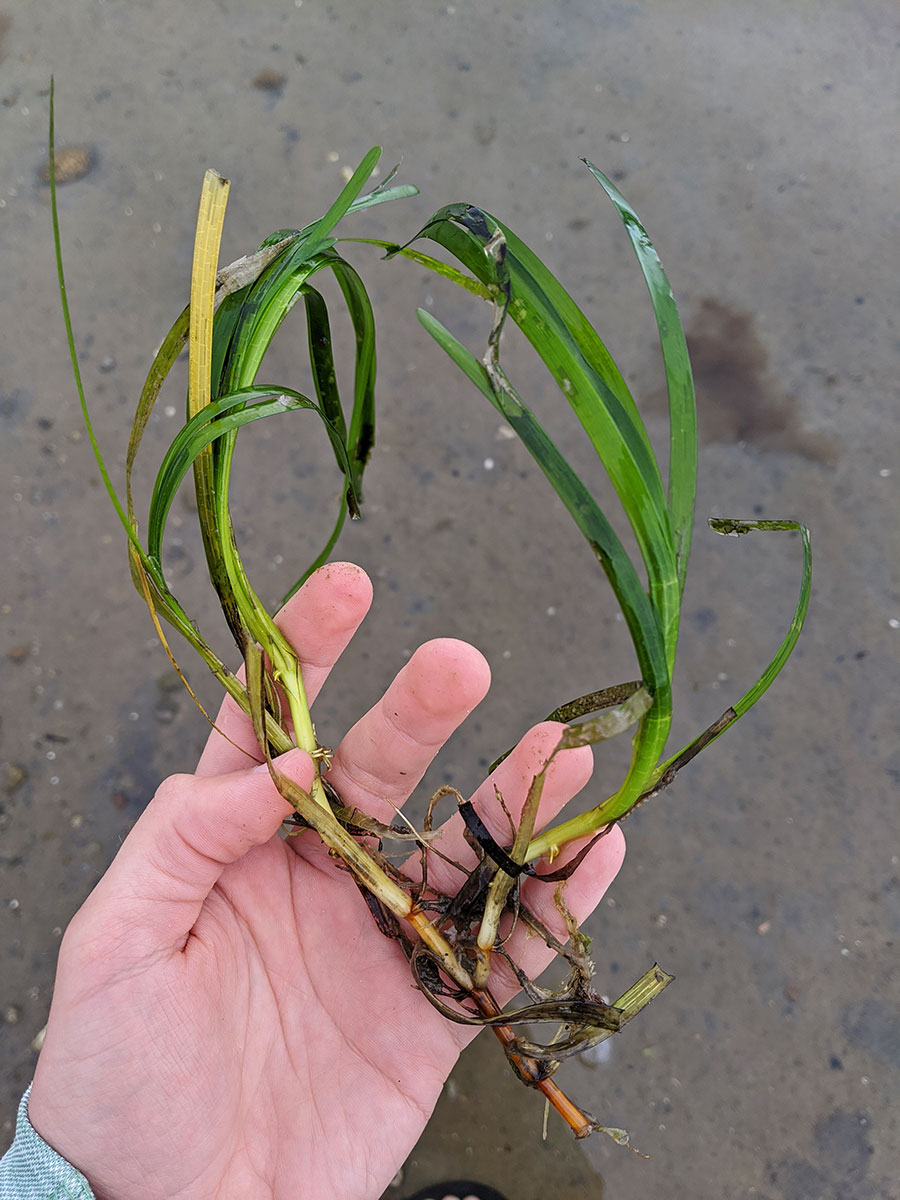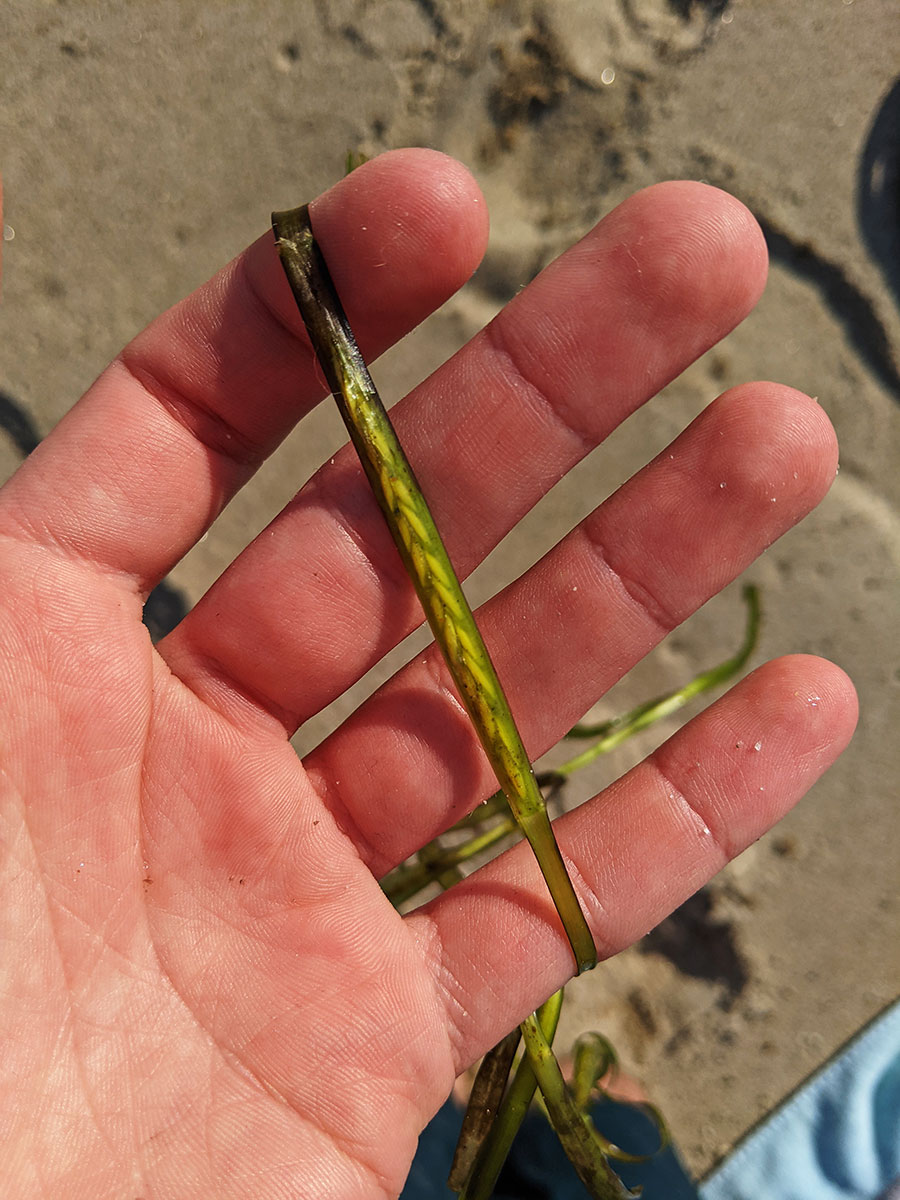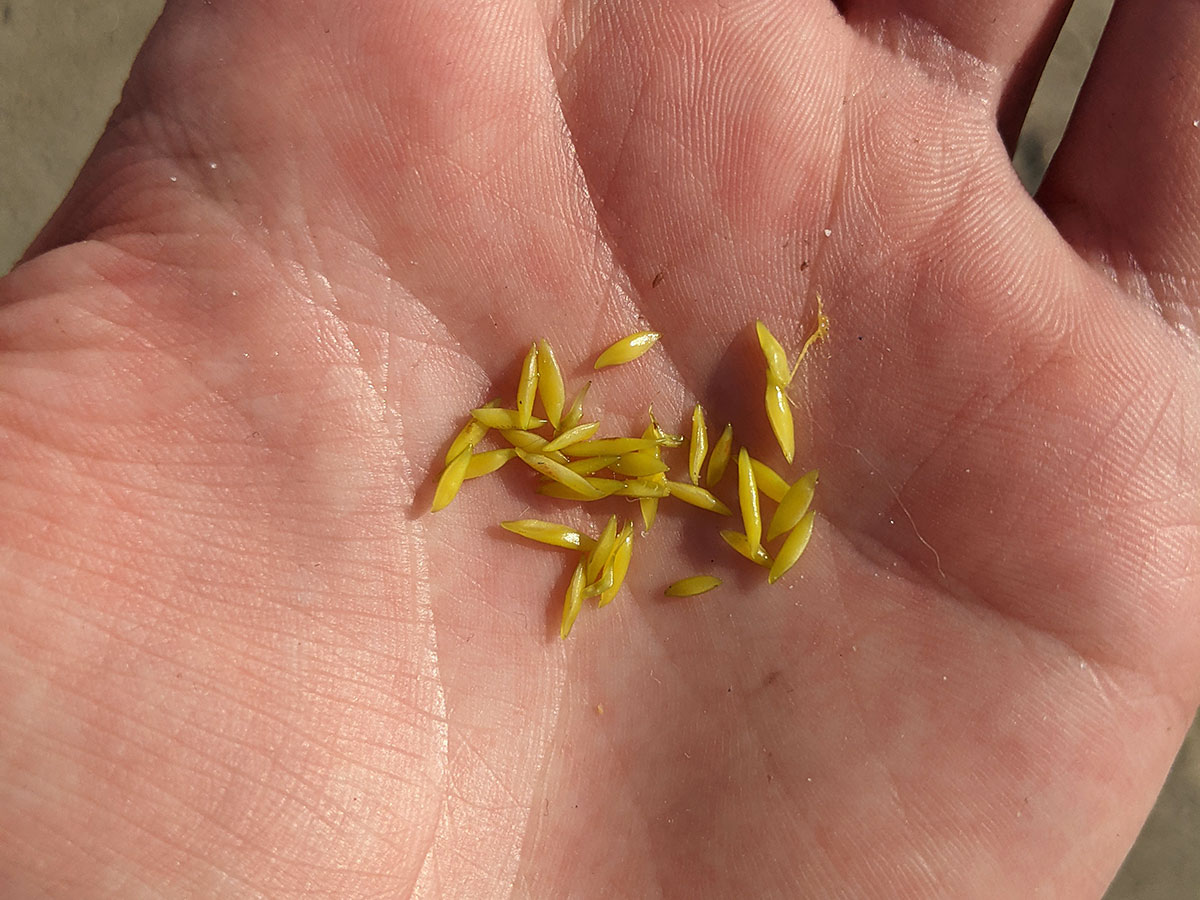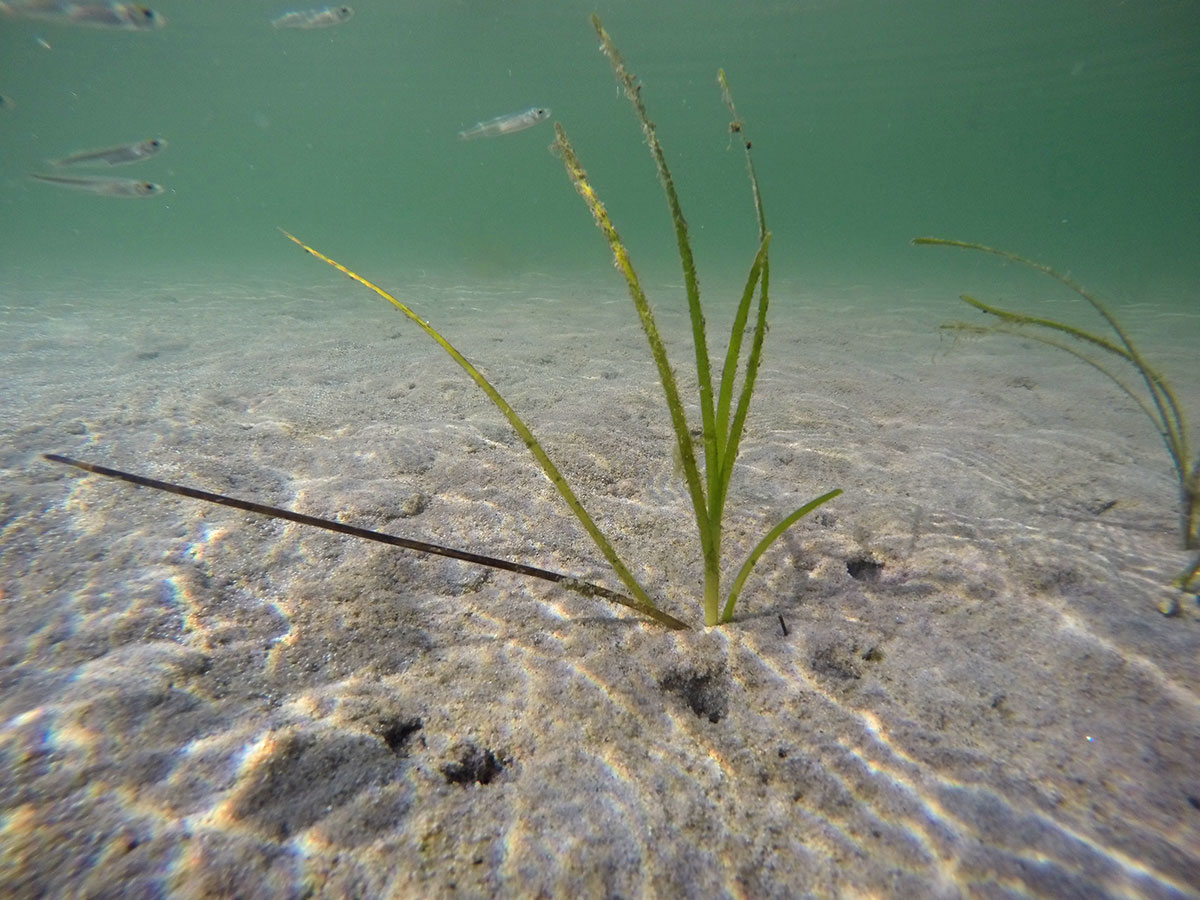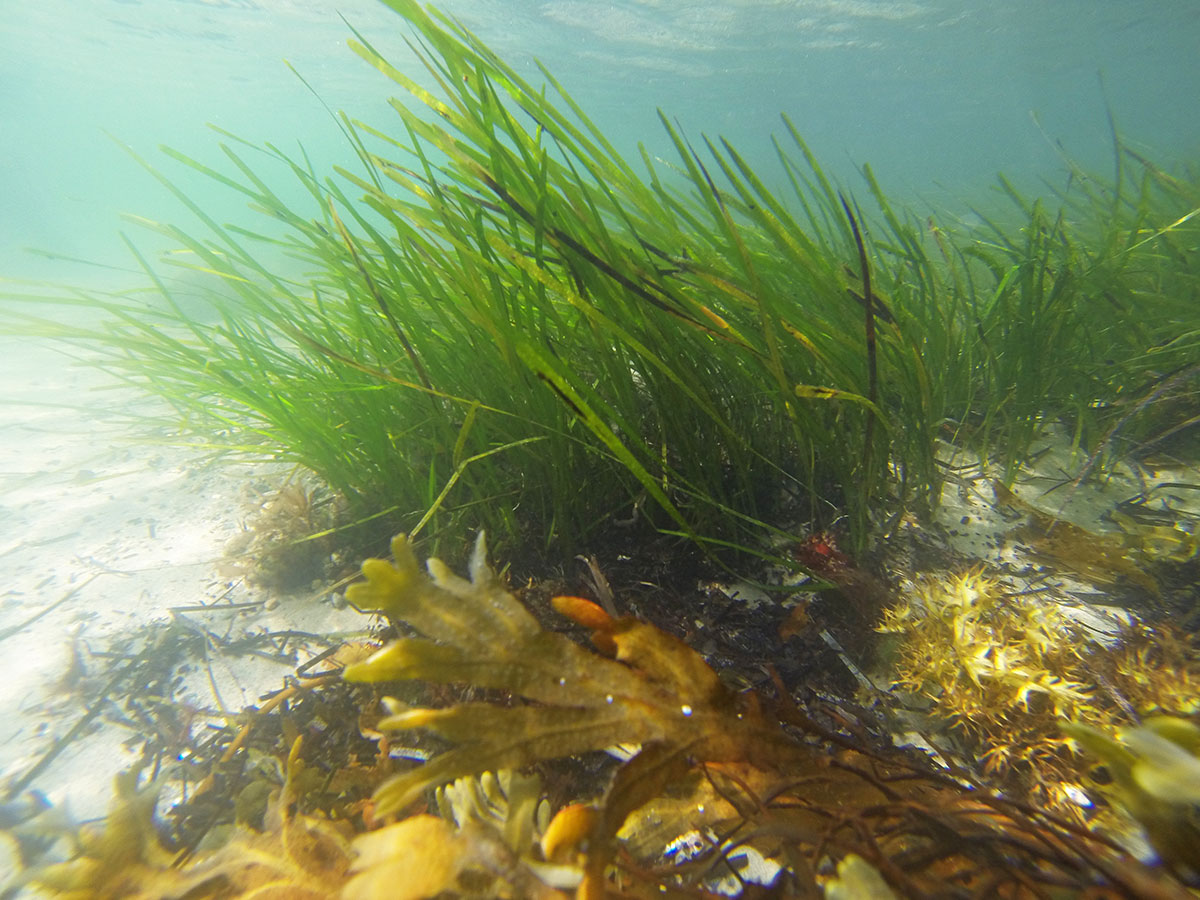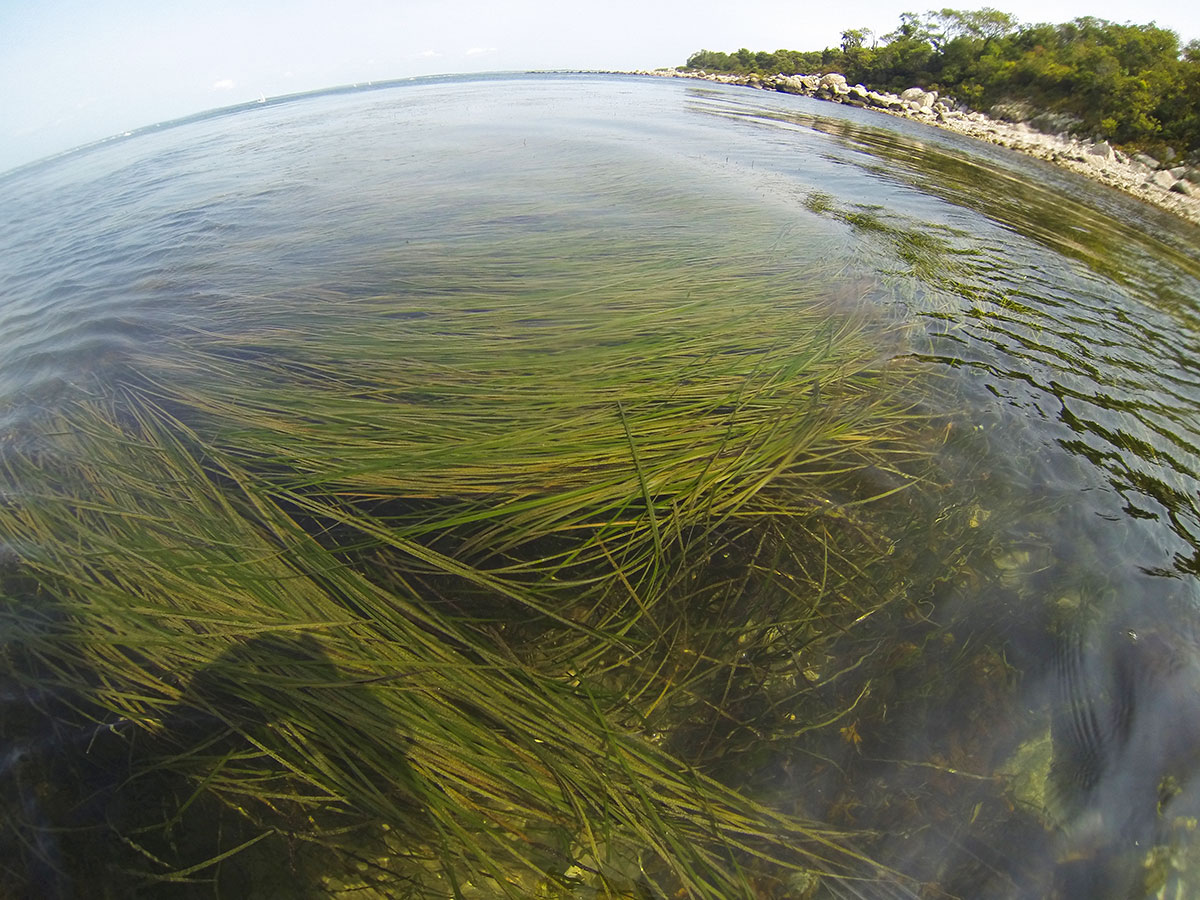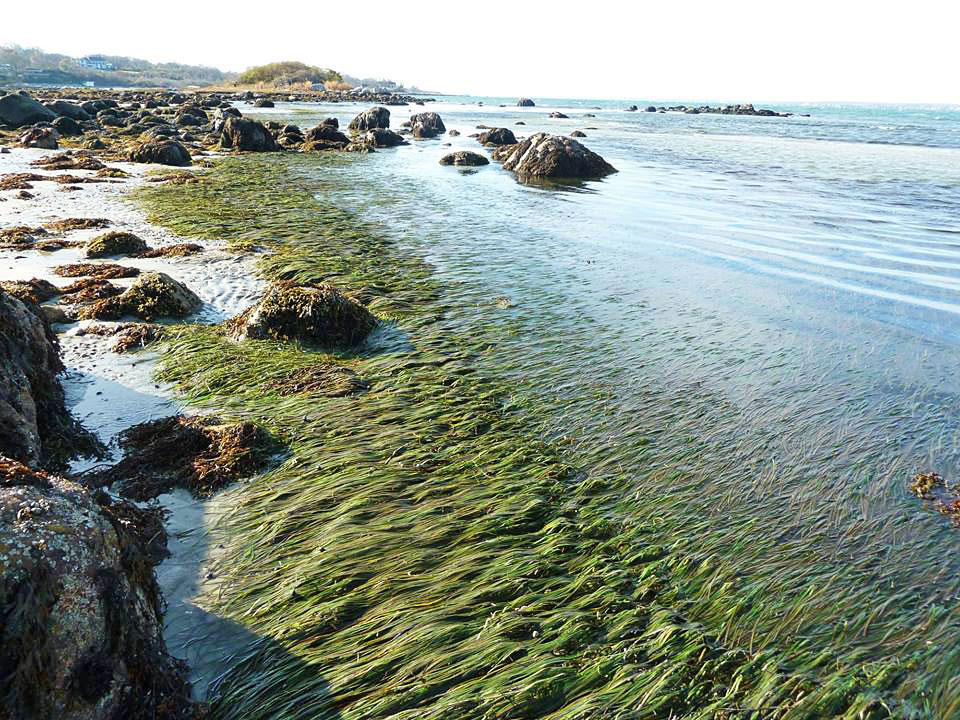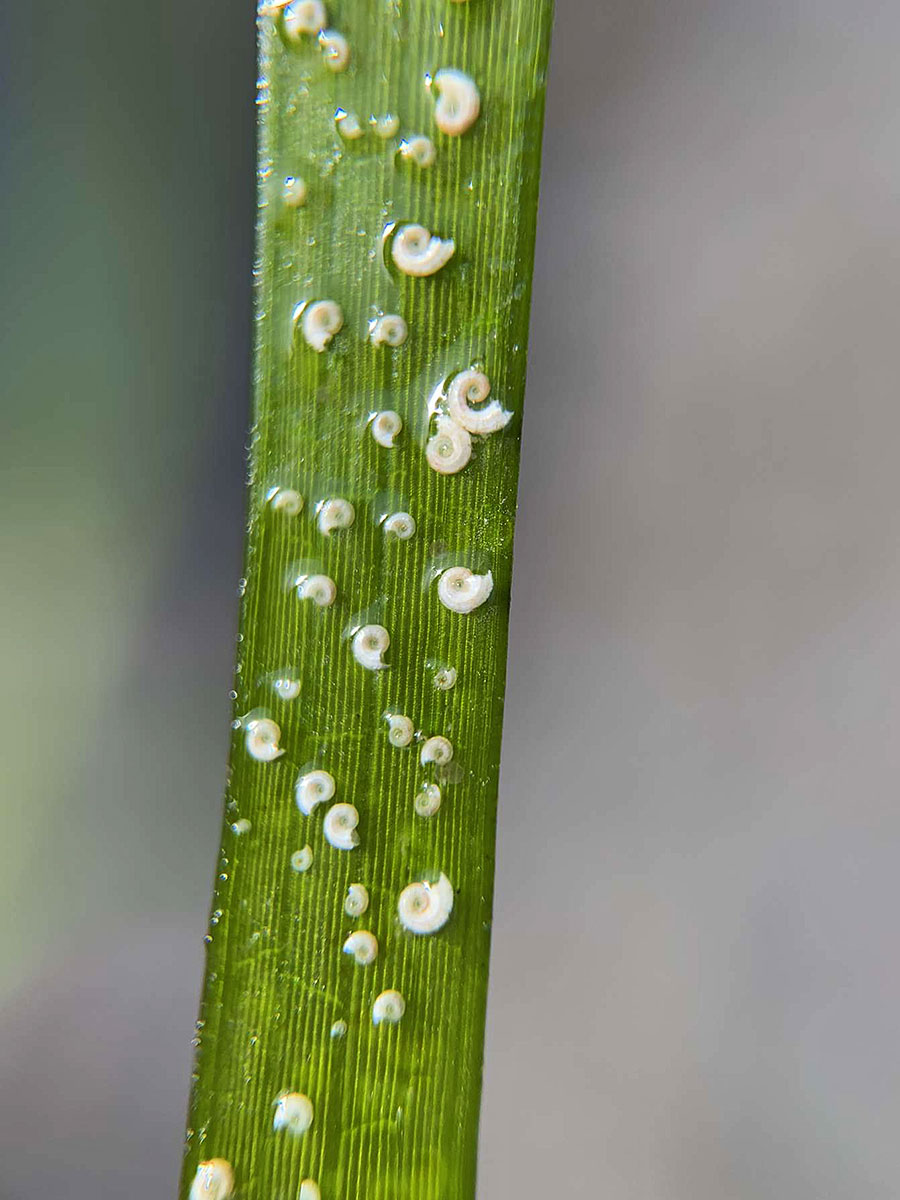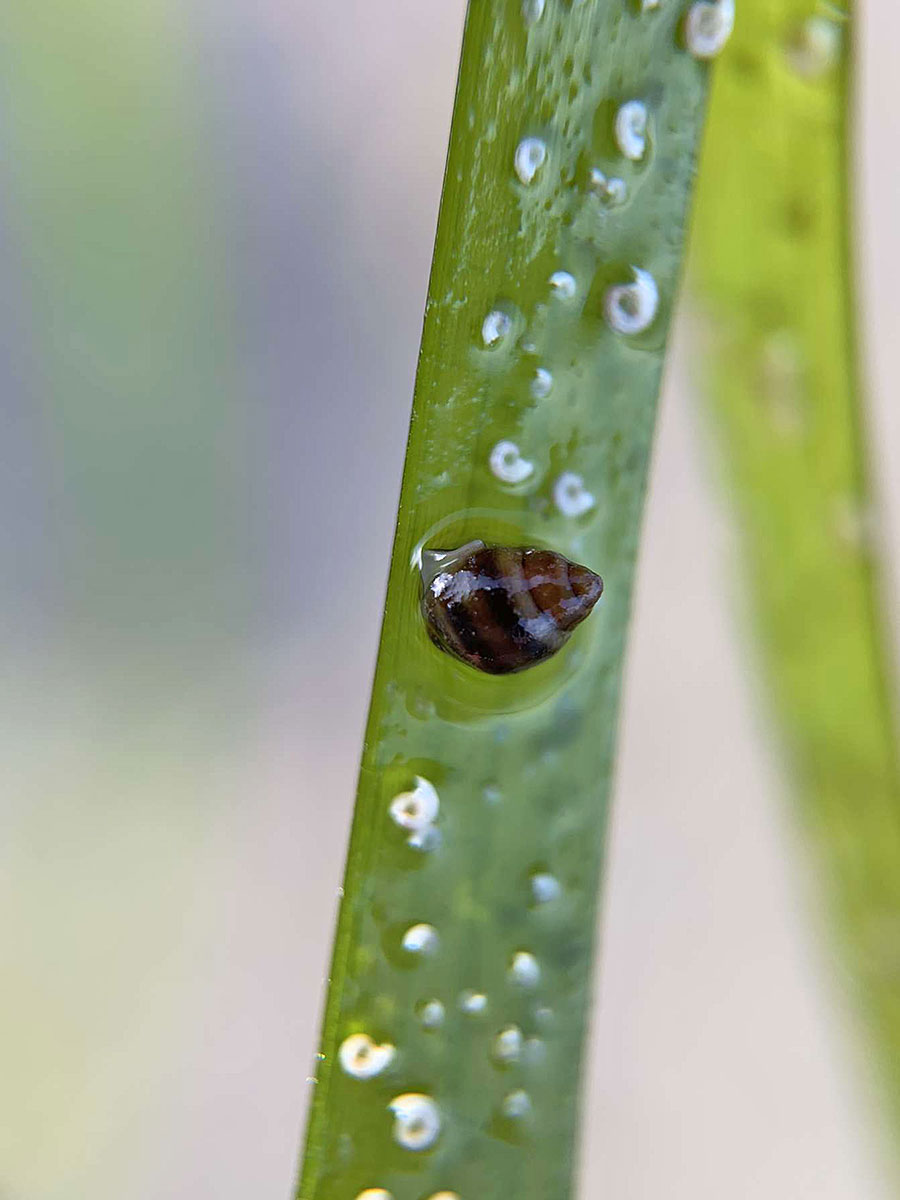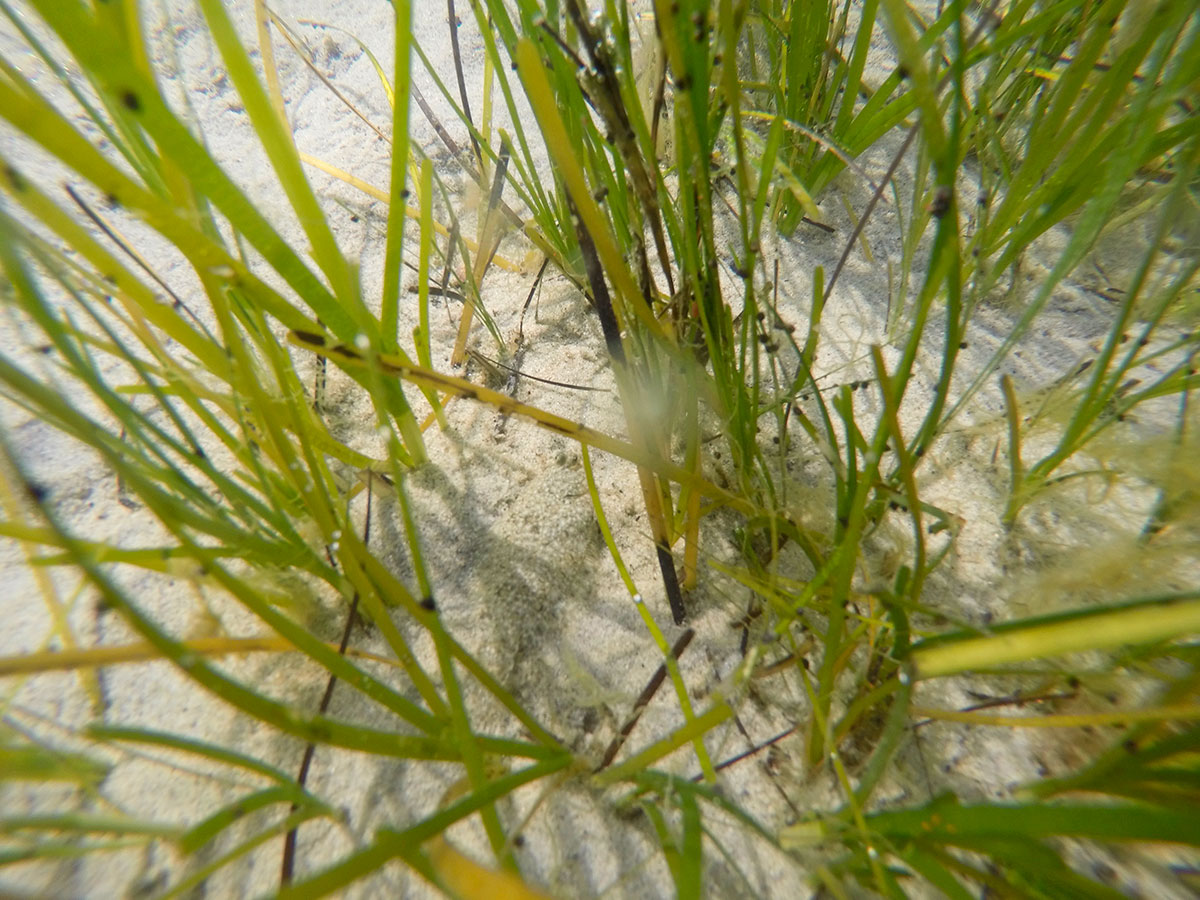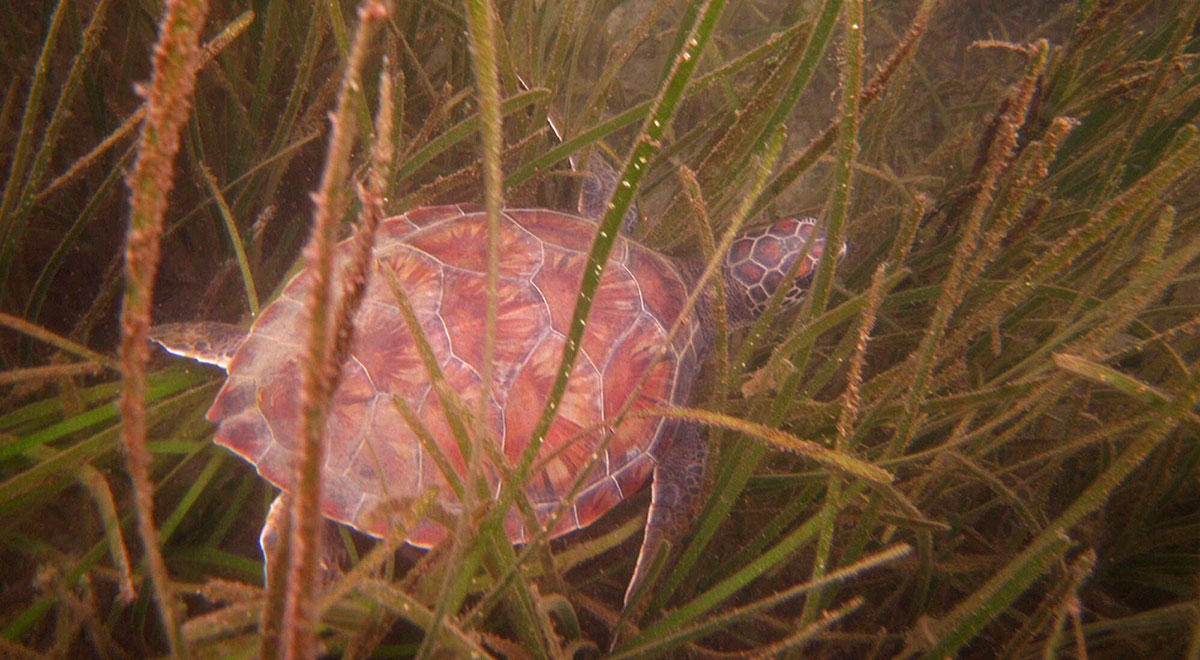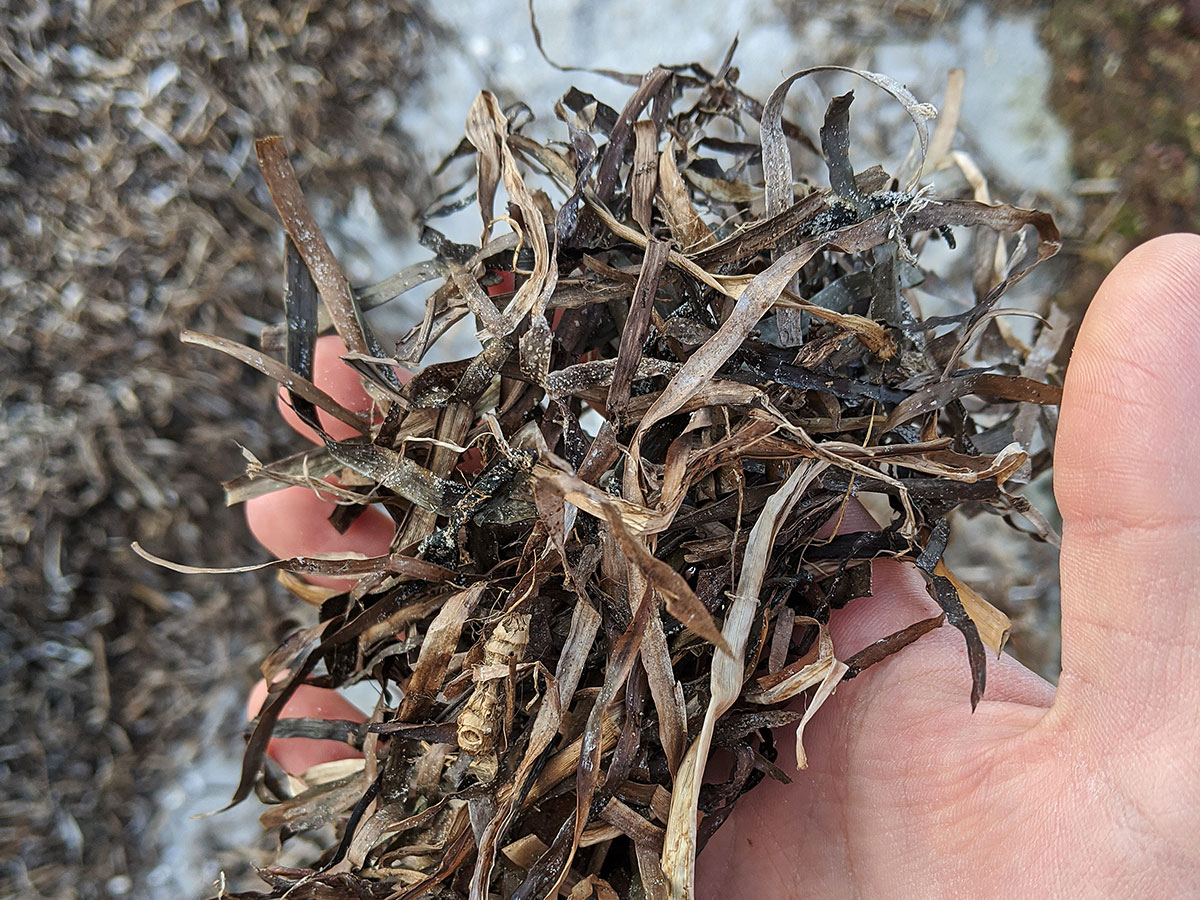ANNUAL EXHIBITION 2021
EELGRASS
Eelgrass (Zostera marina) is one of the most common species of seagrass in Long Island Sound. It is a true plant that produces flowers and seeds. When conditions are right, eelgrass can form extensive underwater meadows. These underwater meadows provide valuable services for wildlife and people. Eelgrass meadows create habitat for thousands of ocean animals like lobster, flounder and bay scallops. They also produce oxygen, improve water quality, reduce shoreline erosion and can store twice as much carbon as forests on land.
Unfortunately, seagrass is quickly disappearing both locally and globally. Local factors driving this decline include poor water quality, nutrient runoff, coastal construction and boating damage. Eelgrass has almost completely disappeared from Long Island Sound; just 10% of its historic range remains. Its last stronghold is the mouth of the Sound, which includes Fishers Island.
With work and dedication, the eelgrass meadows remaining in Long Island Sound can still be protected. By improving water quality, developing management strategies, and educating the public about mindful use of coastal areas, these critical coastal habitats can survive and thrive in the waters of the Sound.

